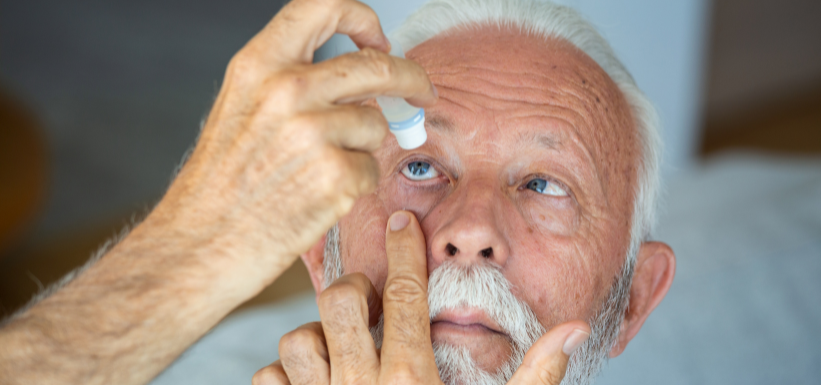The safety of consumers is paramount in the pharmaceutical industry, and the U.S. Food and Drug Administration (FDA) plays a crucial role in ensuring that medical products meet high standards. One of the mechanisms the FDA uses to protect public health is the voluntary recall process. Recently, this process was prominently featured in the recall of certain eye drops due to potential safety concerns. This article delves into the FDA’s voluntary recall process and examines the recent eye drops recall in the USA.
Understanding the FDA’s Voluntary Recall Process
A voluntary recall is initiated by a company as a precautionary measure, often in response to an FDA request, to remove a potentially defective or harmful product from the market. This process doesn’t necessarily imply fault on the company’s part; rather, it reflects the company’s diligence and commitment to public safety while an investigation is ongoing.
Steps in the Voluntary Recall Process
- Identification of the Problem: The process begins with identifying an issue, which could arise from internal testing, consumer complaints, or reports from healthcare professionals.
- Risk Assessment: The Company assesses the risk associated with the issue, determining the severity and likelihood of adverse health consequences.
- Decision to Recall: If the risk is deemed significant, the company decides to initiate a recall, often upon the FDA’s recommendation.
- Notification to the FDA: The Company notifies the FDA of its decision to recall the product and provides a proposed strategy for the recall.
- Recall Strategy: The Company develops a recall strategy outlining how the recall will be conducted, including methods for notifying customers, distributors, and retailers, and plans for the retrieval, repair, or disposal of the affected products.
- Public Notification: Depending on the risk level, the FDA may require the company to issue a public notification through press releases, social media, or other channels to inform consumers of the recall.
- Monitoring and Effectiveness Checks: The Company monitors the recall’s progress and conducts effectiveness checks to ensure that the recalled product has been successfully removed from the market.
- Final Report: Once the recall is complete, the company submits a final report to the FDA. This report details the recall’s outcome and the actions taken to resolve the issue, allowing the FDA to continue any necessary investigation.
The Recent Eye Drops Recall
In January 2023, the Centers for Disease Control and Prevention (CDC) raised concerns about a potential link between eye drops and a surge in eye infections in the USA. These infections were caused by Pseudomonas aeruginosa, a bacterium resistant to many antibiotics and capable of causing severe health issues.
Some manufacturers, like Global Pharma, voluntarily recalled their products, while others like CVS, Target & Walmart did so after FDA intervention. The outbreak strain, belonging to sequence type (ST) 1203, carried resistance genes blaVIM-80 and blaGES-9, which confer resistance to carbapenems. According to genome data, carbapenem-resistant P. aeruginosa (CRPA) carrying both VIM-80 and GES-9 had not been previously identified【CDC, 2023】
Control samples collected by the Indian drug regulator from the manufacturing plant near Chennai, India, showed no contaminants. Similarly, the US FDA’s samples tested in Bengaluru also showed no contamination. Testing conducted by the FDA on unopened bottles of EzriCare Artificial Tears produced by Global Pharma was unable to identify the outbreak strain. The VIM-GES-CRPA outbreak cluster is at least 32 SNPs distant from Indian contextual isolates, indicating that the contaminants could not have evolved from Global Pharma’s isolate components. No genomic evidence substantiates the origin of VIM-GES-CRPA from Global Pharma’s facilities.
A joint investigation in February by India’s apex drug regulator and the state drug controller revealed that Global Pharma adhered to stringent quality control measures, including biannual “media fill validation” tests and yearly stability studies.
Conclusion
Therefore, it’s important to note that voluntary recalls are proactive measures taken by companies to ensure safety and quality. They do not necessarily indicate a product defect or fault but reflect the company’s diligence in addressing potential issues. By initiating a voluntary recall, companies demonstrate their commitment to consumer safety, and maintaining trust and confidence in their products. The voluntary recall process is a vital component of the FDA’s regulatory framework, enabling quick and effective responses to potential safety issues. The recent eye drops recall highlights the importance of this process in protecting consumers from harm, ensuring that medical products remain safe and effective for all.

